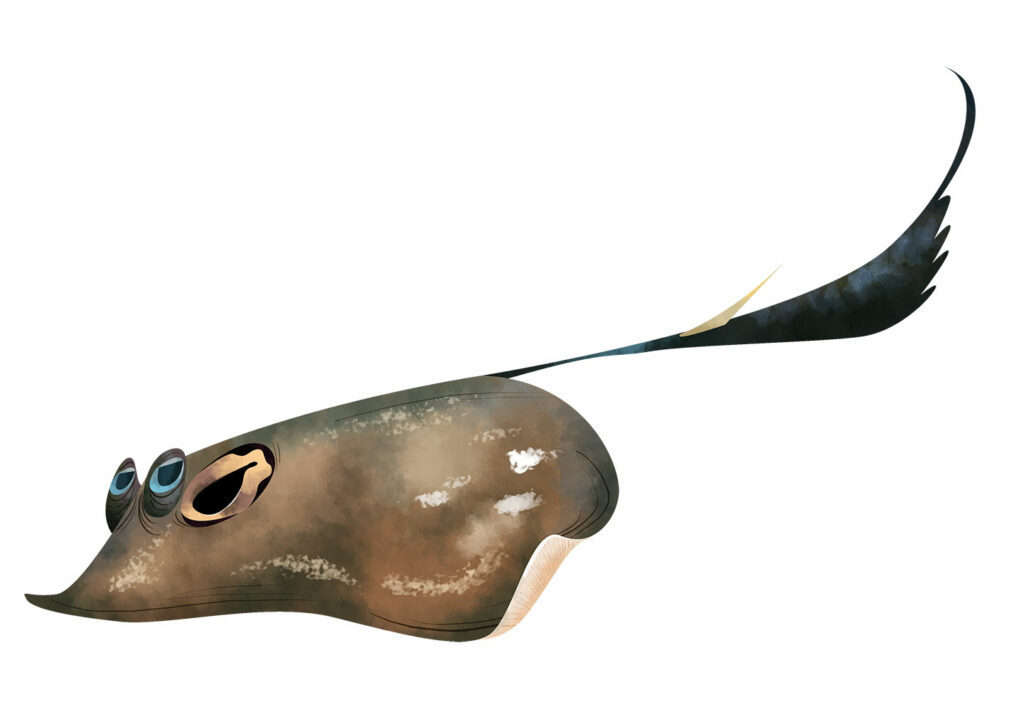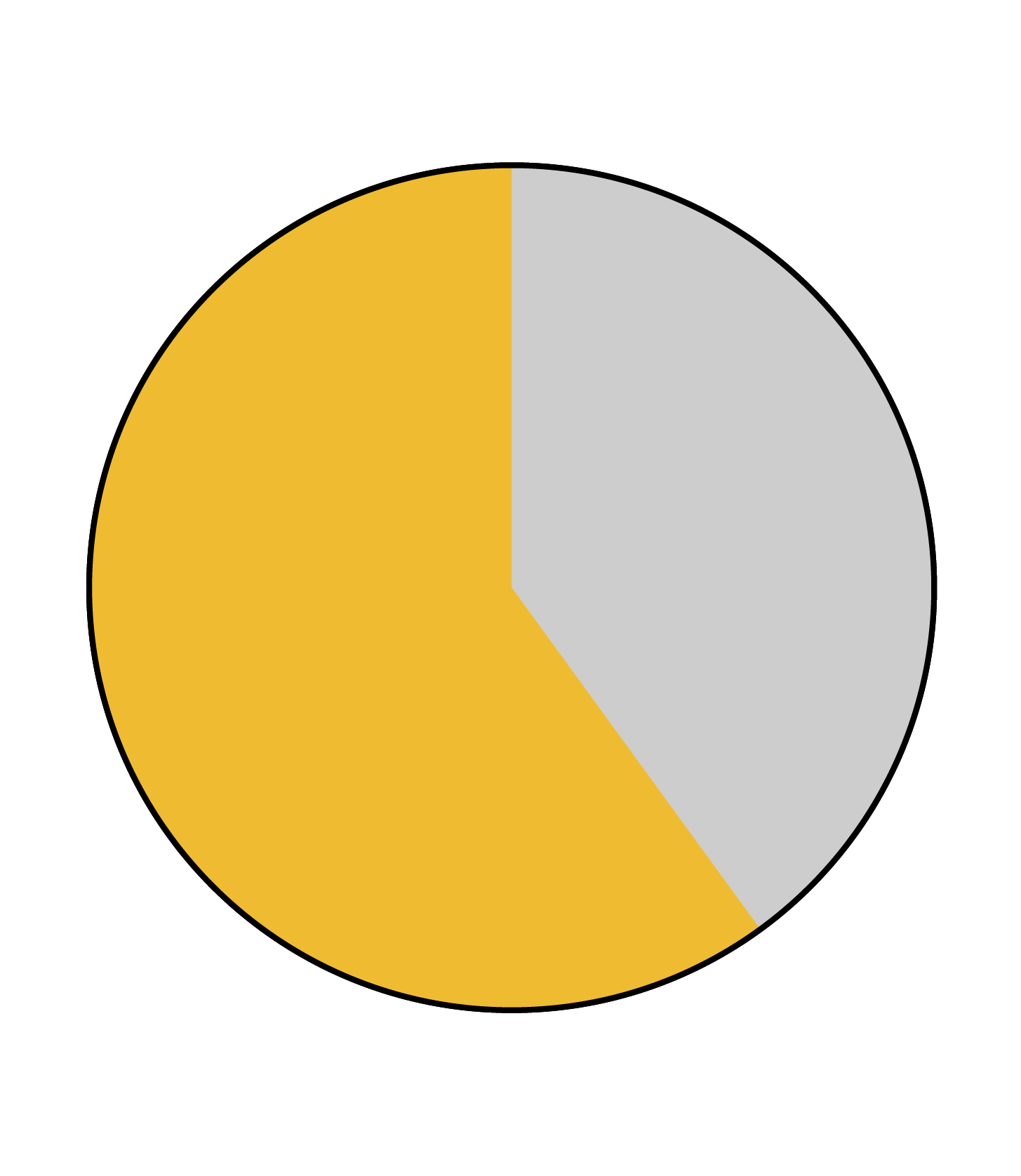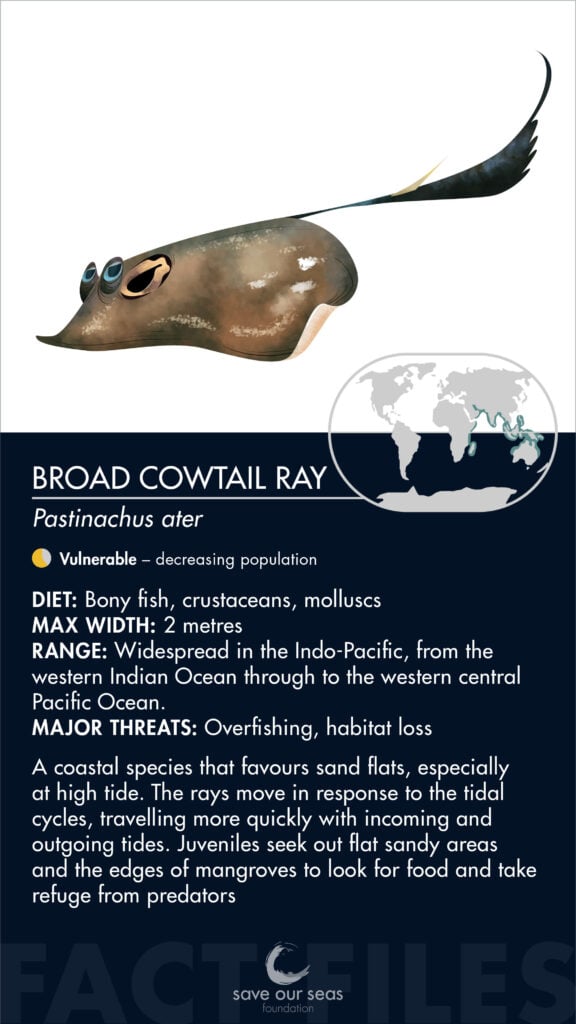Broad cowtail ray
Pastinachus ater


Broad cowtail rays are a coastal species that favour sand flats, especially at high tide. They move in response to the tidal cycles, travelling more quickly with incoming and outgoing tides. Juveniles seek out the edges of mangroves to look for food and take refuge from predators.

Identification
The broad cowtail ray and cowtail ray (Pastinachus sephen) were only recently distinguished as separate species using genetic analysis, and as such are very difficult to tell apart. Both species have brown, diamond-shaped bodies and a distinctive feather-shape to the tip of their tail, lending them their other common name of feathertail ray. They also have a large, venomous spine that is placed behind the pelvic fins.
Reproduction
Broad cowtail rays are viviparous, meaning they have a placenta and give birth to live young. Litters consist of only two pups that are about 0.18 m wide at birth. Otherwise, very little is known about the reproductive biology, with estimates often inferred from other similar species. For instance, their life span is assumed to be more than 25 years based on the 20-year life span of the much smaller blackspotted whipray.
Habitat and geographical range
Broad cowtail rays are widespread in the Indo-Pacific, from the western Indian Ocean through to the western central Pacific Ocean. They are primarily found in coastal waters shallower than 60 m, in particular intertidal lagoons and reef flats. They can also be found in estuaries and have been recorded entering freshwater.

Diet
Broad cowtail rays have a relatively typical diet for rays, consisting mostly of small bony fish, crustaceans and molluscs. Juveniles will feed mainly on bivalve molluscs.
Threats
Broad cowtail rays are caught throughout their range in coastal fisheries by bottom-trawl, nets and longlines. They are primarily caught as bycatch, but are retained for their meat and skin, which is used as leather. Habitat loss is also a significant threat to them, due to their preference for shallow, coastal habitats. Pollution and coastal clearing, along with destruction of mangrove habitats, all decrease the available habitat for this species in the region. Based on available data, it is estimated that global populations of broad cowtail rays have declined in the region of 30–49%, and so they are considered Vulnerable by the IUCN.
Relationship with humans
People come into contact with broad cowtail rays mainly as a result of bycatch from coastal fisheries. They retain the rays for leather and food, eating the meat fresh, or dried and salted. They are, however, benefiting from some conservation measures introduced for other species. For instance, turtle excluder devices (TEDs) used in the prawn trawl fisheries of Australia have reduced the bycatch of broad cowtail rays by 97%.
Fun facts:
Broad cowtail rays share habitats with other dasyatid rays – they are often seen resting together.
Juvenile broad cowtail rays stay near the shore in very restricted areas of shallow water for the first months and years of life.
For some time, scientists weren’t sure about the difference between this species and another cowtail ray species Pastinachus sephen, but genetic studies have now confirmed they are separate species.
References
Peter Last, et al, 2016, Rays of the World.
IUCN Red List of Threatened Species, Broad cowtail ray
Fish Base, Pastinachus ater





